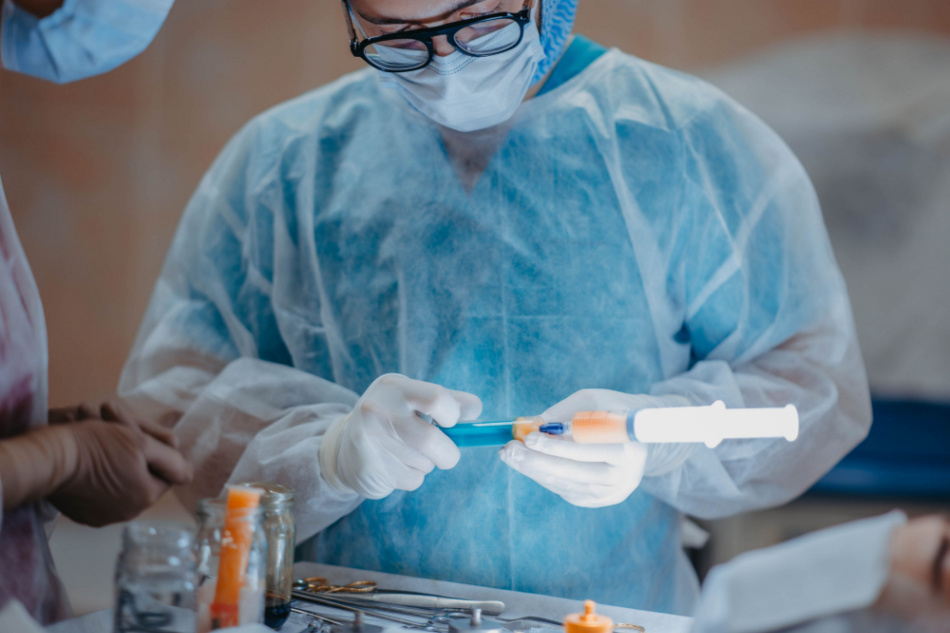The science of bioengineered skin grafting is making remarkable progress thanks to a team at Columbia University, led by Asst. Prof. Hasan Erbil Abaci. Currently, bioengineered skin is only available in flat sheets, which work well for grafting onto generally smooth, featureless body regions, but for more complicated places (like hands), these sheets as they require lots of stitching together to fit into all the curves and crevices of the body. This process is complex, time-consuming, and ineffective.
However, the scientists on Abaci’s team have developed a way of producing it in 3D forms that can be put onto the body like a piece of clothing.
A new bioengineered-skin alternative
The team’s approach begins with a 3D scan of the body portion that requires the graft. This scan is utilized to create a hollow, permeable, life-size model of the part using 3D printing.
The model’s exterior is then seeded with skin fibroblast cells (which form connective tissue), collagen (which gives skin structure), and keratinocyte cells (which make up the outer layer of the skin). The model’s interior is perfused with growth media, which feeds the cells on the outside.
Once the cells have matured into actual skin, the skin is removed from the model in one three-dimensional piece, pulled over the actual body part for which it was designed, and sutured into place. Growing skin in this method takes around three weeks, which is roughly the same length of time as growing typical flat sheets.
Next steps
So far, 3D grafts composed of human skin cells have been effectively placed on the hind legs of mice in lab testing. The procedure only took around 10 minutes, and the grafts were completely incorporated into the surrounding mouse skin after four weeks. Furthermore, the one-piece grafts were discovered to be mechanically stronger than those created from multiple stitched-together sheets.
Needless to say, much more study is required before human trials can begin. Nonetheless, it is hoped that patients will be able to get such grafts generated from their own cells in the future. It’s also possible that the technology will provide a superior option to face transplants, which presently use cadaveric facial tissue.
“Three-dimensional skin constructs that can be transplanted as ‘biological clothing’ would have many advantages,” Abaci remarked. “They would dramatically minimize the need for suturing, reduce the length of surgeries, and improve aesthetic outcomes.”
Source study: Science Advances— Engineering edgeless human skin with enhanced biological properties












